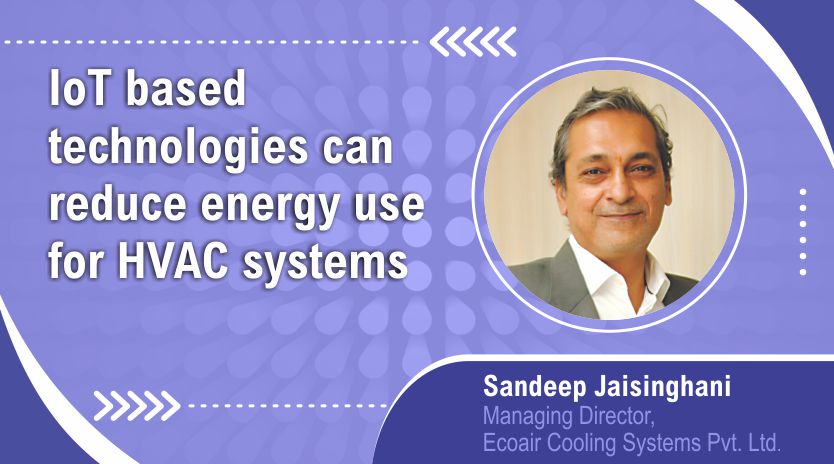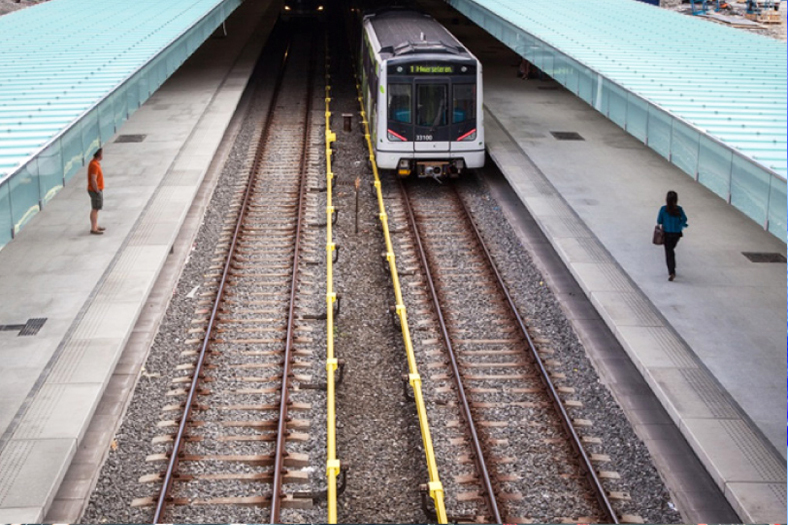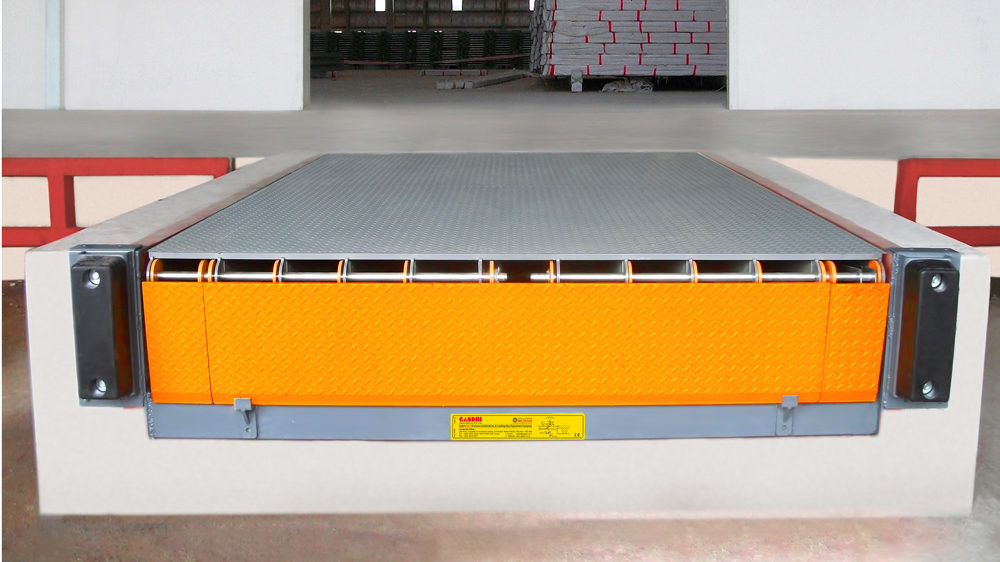Explosion-proof HVAC system for oil & gas refineries
August 21, 2015 5:45 pm
Intertec has developed an ATEX-compliant HVAC system that provides all-in-one climate control and personnel safety solution for walk-in style process analytical instrumentation shelters. It is customisable and scalable to suit a broad range of applications, and can be supplied fully integrated within the shelter or as an external standalone unit.
Designed specifically for hazardous area applications, the system delivers a steady flow of conditioned and filtered clean air to the shelter, maintaining it slightly above atmospheric pressure to prevent the ingress of dust or gas. It is especially suitable for oil and gas refineries, petrochemical and chemical plants that operate in extremely hot or cold climates, or where atmospheric contaminants pose safety, health or corrosion issues with conventional through-flow air conditioning systems.
To help ensure measurement accuracy, sensitive equipment such as process analysers and sample conditioning systems needs to be maintained at a constant temperature. This is usually achieved by using a thermally regulated shelter. And to avoid long sample transport tubes, which can affect accuracy and delay response times, the equipment is often located as close to the process as possible. These factors can necessarily involve housing operating personnel and equipment in a potentially hazardous area of the plant, demanding that adequate safety precautions are taken. The prime requirement is that the shelter and any associated equipment such as air conditioners must to be explosion-proof.
The entire housing of Intertec’s new HVAC system is constructed from the GRP (glass reinforced polyester) triple-layer composite material. This comprises inner and outer layers of GRP enclosing a thermally insulating core; the wall thickness and core properties can be varied to suit the application and operating environment. The GRP is the same electrically conductive variant that Intertec uses for its explosion-proof analyser shelters. It fully complies with the antistatic requirements of the DIN/EN/IEC 60079-0 safety standards for equipment intended for use in explosive atmospheres.
The new HVAC system can be fully integrated within the analyser shelter, or installed as a standalone unit against its external wall. The option of internal installation has major advantages: it saves space and cost, reduces energy consumption by eliminating the thermally inefficient air duct of conventional standalone units, and facilitates configurations that are simply not possible with external systems. The system is also fully scaleable to suit the application requirements and intended operating environment, with heating and cooling capacities from 6 kW upwards.
The first systems that Intertec is building are designed primarily for ventilation and cooling purposes, to maintain analyser shelters located in a relatively warm climate at a constant temperature 24/7, by compensating for differences between daytime and night-time temperatures, and for seasonal variations throughout the year. Occupying just 4.4 cubic metres of space, they provide an 8 kW cooling capacity and a 5 kW heating capacity, and accommodate an ambient (external) temperature range of minus 20 to 55 C.
All non-explosion-proof switches and control devices in the HVAC system are contained within flameproof (Ex d) protective housings, and all electrical junction boxes are enhanced safety (Ex e) types. Every internal electrical circuit carries an IP65 protection rating. The explosion-proof refrigeration unit comprises a powerful hermetically-sealed compressor, an air cooled condenser with an axial fan, and a refrigerant collector. The refrigerant is CFC-free non-flammable R134a. The system has a low acoustic noise level and is fitted with an automatic maintenance-free condensate drain as standard.
The air supply for the HVAC system can be derived locally – the input port is fitted with a high efficiency particulate filter. Alternatively, if the shelter is sited in a hazardous area, the air can be ducted in from a fan and filter unit located outside the immediate area, via a stack. Spent air, together with transported heat from the shelter and waste heat from the compressor unit, is exhausted direct to atmosphere.
Cookie Consent
We use cookies to personalize your experience. By continuing to visit this website you agree to our Terms & Conditions, Privacy Policy and Cookie Policy.











